Chiusura giornaliera degli ordini alle 14:00
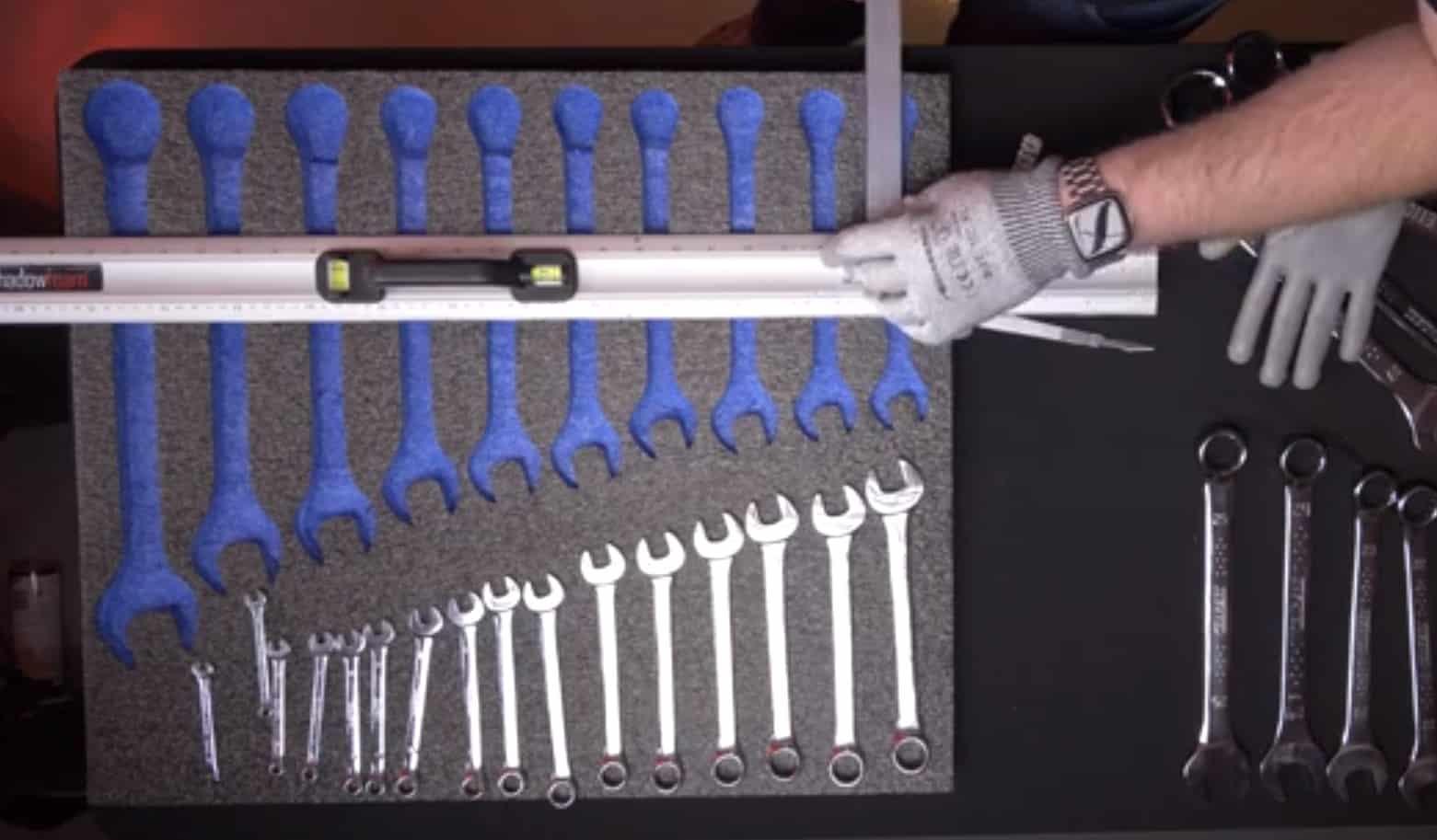
Perché Shadow Foam è perfetto per i Shadow Boards
Per anni si è pensato che il tool shadow board fosse dominio esclusivo degli ingegneri aeronautici . Infatti è così che è nato Shadow Foam. Quando MD Jonathan ha voluto replicare questi livelli di controllo degli utensili utilizzando le shadow board, le uniche opzioni disponibili erano costose, comportavano la necessità di mandare via gli utensili per troppo tempo o di attrezzature di taglio specializzate. E poiché la shadow board è qualcosa che può essere utilizzato da chiunque, in qualsiasi ambito della vita, ha voluto portarla sul mercato di massa.

Anni dopo, dopo molte ricerche e sviluppo, le shadow board vengono utilizzate da migliaia di persone per organizzare e proteggere i propri strumenti. Ecco come e perché Shadow Foam è diventato il prodotto in schiuma tecnica perfetto con cui creare la tua tavola ombra per attrezzi.
Durabilità e sostenibilità
La prima versione di Shadow Foam si chiamava Shadow Foam Original . Era fantastico, era una morbida schiuma di poliuretano nera alla base e colorata sopra. Ma presentava alcuni inconvenienti. La produzione è stata un processo difficile. Inoltre, la schiuma di poliuretano non è ampiamente riciclata, il che significa che non soddisfaceva nemmeno i nostri obiettivi di sostenibilità . Inoltre, per chiunque non sia esperto con una lama, potrebbe essere leggermente complicato lavorarci poiché dovresti tagliare non solo attorno al profilo degli strumenti, ma anche sotto di essi. Sebbene il prodotto possa sostenere un uso quotidiano ripetuto e durare a lungo, data la sua composizione non era robusto e duraturo come vorremmo. Infine dal punto di vista della pulizia, essendo un materiale più morbido, non era particolarmente facile da pulire. Anche per questi motivi era necessario trovare un’altra soluzione.

Allora come potremmo migliorare...?
Così qualche anno fa è nato il prodotto che oggi conosciamo e amiamo. Originariamente chiamato Shadow Foam Easy Peel proprio per differenziarlo dal prodotto Shadow Foam Original. Questo sarebbe stato un punto di svolta.
Ora ovviamente si chiama semplicemente Shadow Foam . E dal 2021 è l'unico grado di schiuma che offriamo. È prodotto in polietilene. Ciò significa che non solo possiamo utilizzare schiuma di polietilene riciclato nella sua produzione, ma significa anche che gli scarti sono ora ampiamente riciclabili. Il metodo di produzione prevedeva anche che il colore potesse trovarsi sulla base della schiuma, conferendole un fascino molto più ampio. Detto questo, il prodotto è stato realizzato per poter essere lavorato da entrambi i lati. Quindi, se preferisci quel tocco di colore brillante, basta girarlo e lavorarlo sul rovescio. Era più robusto, quindi non solo sarebbe durato più a lungo ma sarebbe stato più facile da pulire. E, cosa più importante, a causa di queste proprietà peeling sarebbe infinitamente più facile lavorare rispetto all'originale con solo il minimo di attrezzature e istruzioni .
Ora siamo entusiasti di vincere premi per la schiuma tecnica per questo prodotto, ed è ancora meglio vedere così tanti clienti soddisfatti diventare creativi nel suo utilizzo. Questo prodotto pensato per una shadow board ora è diventato molto di più!

Proprietà della schiuma ombra
Shadow Foam® è una schiuma di polietilene a bassa densità (LDPE) a cellule chiuse e non reticolato. È LDPE al 100% e come tale è facilmente riciclabile. Per ottenere lo spessore richiesto, gli strati di materiale vengono laminati utilizzando calore e pressione. Nessun adesivo viene utilizzato in nessuna parte del processo di laminazione o in altri processi. Il materiale è esente da metalli pesanti, HCFC
e CFC. Se hai bisogno di ulteriori informazioni o di una scheda di sicurezza completa (scheda dati sulla sicurezza dei materiali), contattaci.
| materiale | Schiuma di polietilene a bassa densità (LDPE) PE Polietilene 9002-88-4 ; 96-99% Pigmento colorato masterbatch – %0-4 |
| costruzione | 100%LDPE cella chiusa non reticolati |
| Densità | 20kg/ m3 – 40kg/ m3 |
| Colori | Nero, Blu, Verde acqua, Verde, Giallo, Arancione, Rosso |
| Profondità | 30mm, 50m, 70mm |
| Strati | Profondità dello strato laminato a intervalli di circa 10 mm |
| HCFC | Privo di idroclorofluorocarburi e inodore |
| Riciclabilità | 100% riciclabile (dove disponibile) |
| ESD | Caratteristiche antistatiche |
| UV | Resistenza ai raggi UV |
| Pulizia | Facile da pulire utilizzando acqua e sapone o alcool dove richiesto |
| Resistenza | Resistente all'acqua e ai comuni prodotti chimici |
| Classe di pericolo | Non considerato pericoloso secondo le direttive CE |
| Normativa | Non contiene sostanze previste dalla Direttiva RoHS 2015/863/UE Non contiene sostanze presenti nell'elenco SVHC pubblicato dall'ECHA |
Lavorare con Shadow Foam per Shadow Board
Sappiamo che le persone spesso lavorano con successo con il nostro prodotto utilizzando tecniche di taglio laser, CNC o macchina. Ma ricorda che questo materiale è stato appositamente progettato per non dover essere lavorato. Per renderlo più conveniente e accessibile per le persone da usare a casa. Quindi il nostro modo consigliato di lavorare con il prodotto è il taglio manuale. Se vuoi provare altri metodi, non esitare. In tal caso, potrai ottenere campioni del prodotto per permetterti di provare le tue tecniche. Ma abbiamo sviluppato le nostre modalità di lavoro consigliate dopo anni di sviluppo e di conoscenza del prodotto e siamo sempre felici di condividere ciò che riteniamo funzioni meglio. Ecco perché il taglio manuale è l'unico modo consigliato per lavorare con il prodotto.
Come mostriamo in molti dei nostri video su Youtube , è perfettamente possibile ottenere risultati altrettanto buoni dei pannelli per ombre tagliati a macchina quando lo si fa a mano. Tutto ciò che ti chiediamo è di prenderti del tempo per rivedere le nostre linee guida sulla sicurezza e i consigli sulle migliori tecniche di taglio e sbucciatura prima di iniziare. Abbiamo un sacco di risorse disponibili per aiutarti quando usi shadowfoaming . Abbiamo passato anni a commettere errori e ad apprendere le tecniche migliori, quindi non è necessario! Quindi, per favore, approfittane e guarda quanto più possibile prima di iniziare.
Se hai bisogno di qualcosa di diversa profondità o forma.
Qui a Shadow Foam abbiamo solo tre profondità di schiuma: 30 mm, 50 mm e 70 mm. Ma cosa succede se hai bisogno di qualcosa di più profondo o più superficiale...? Spesso anche questo non è un problema.
Più in profondità: puoi stratificare la schiuma in base alle esigenze. Utilizza una combinazione delle nostre profondità standard e utilizza il nostro adesivo S Pray per unirli insieme per ottenere la profondità di schiuma di cui hai bisogno. Dai un'occhiata a come lo abbiamo fatto noi stessi in passato qui .
Meno profondo: tieni presente che è meglio non tagliare completamente la schiuma quando la usi come pannello per ombre, se puoi evitarlo. Mantenere una base di circa 10 mm sul fondo aiuta a conferire resistenza e rigidità alla schiuma. Quindi, purché la profondità di cui hai bisogno lo consenta, potresti provare una delle nostre tecniche per rimuovere parte della profondità dalla schiuma dal retro? Abbiamo fatto qualcosa di simile qui dove avevamo bisogno di un inserto di profondità 10 mm per il coperchio di una cassetta degli attrezzi.
Siamo spiacenti di deluderti, ma al momento non possiamo offrire schiuma in altre profondità, forme o colori personalizzati che non abbiamo già in magazzino. Ma se stai cercando una taglia particolare e non riesci a vederla sul nostro sito web, non esitare a contattarci e vedremo se possiamo aiutarti. Di solito puoi trovare gli inserti per le tue custodie e cassette degli attrezzi qui . Lenzuola e pacchi standard qui ,. E puoi ottenere schiuma di dimensioni personalizzate fino a 2 m x 1 m qui.
Ultimo ma non meno importante, assicurati di avere tutto il necessario per consentirti di creare la tua tavola ombra per strumenti in modo sicuro e accurato visitando il nostro negozio Extras .
Buon shadowfoam!

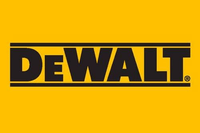

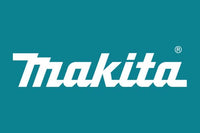
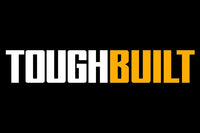

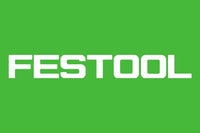


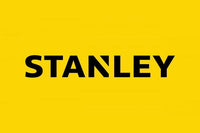
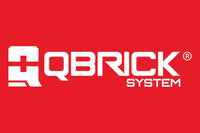

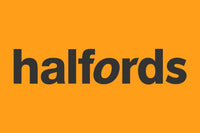



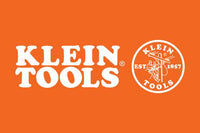
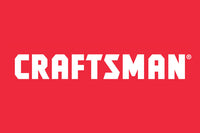
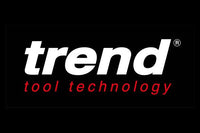
 Kit di taglio gratuito per ordini qualificati
Kit di taglio gratuito per ordini qualificati
 Oltre 3.000 recensioni positive
Oltre 3.000 recensioni positive
 Oltre 500 video su YouTube
Oltre 500 video su YouTube
 Assistenza nel Regno Unito
Assistenza nel Regno Unito